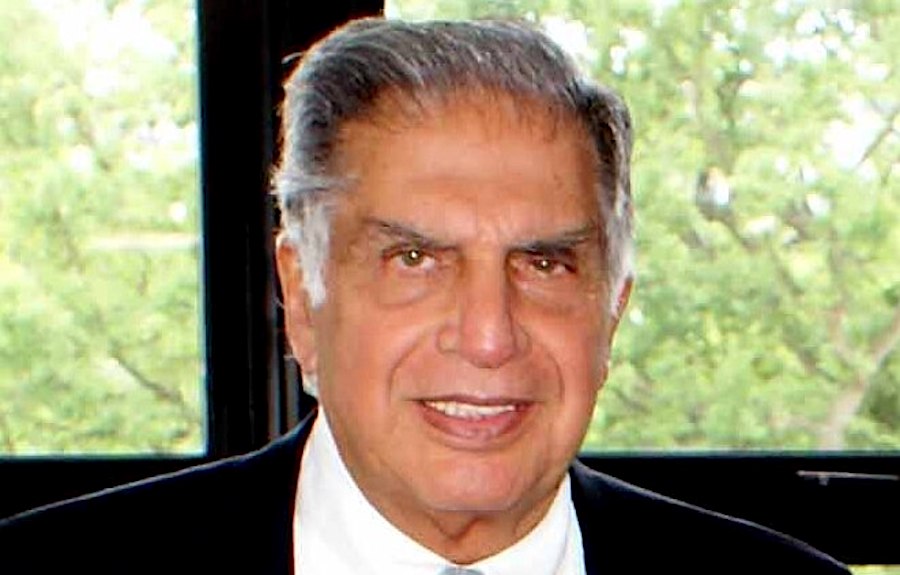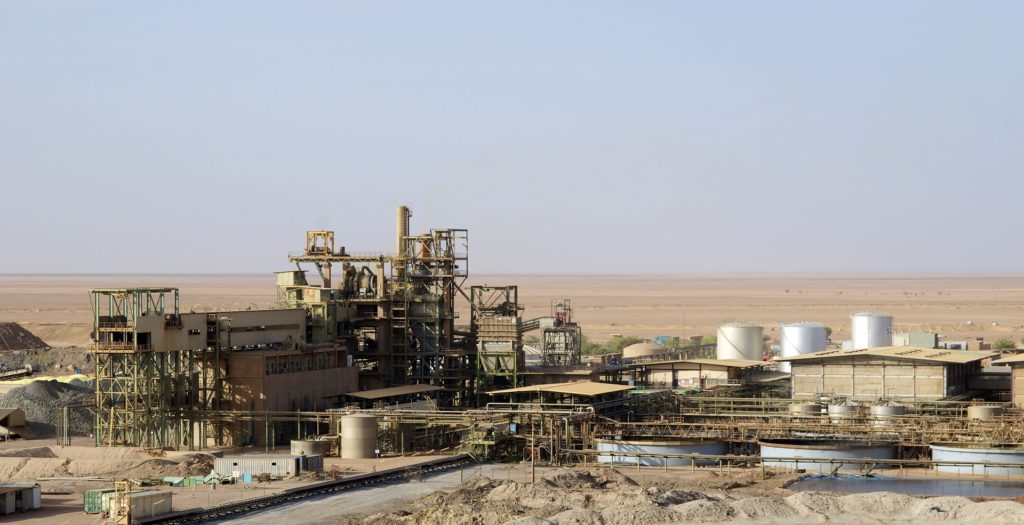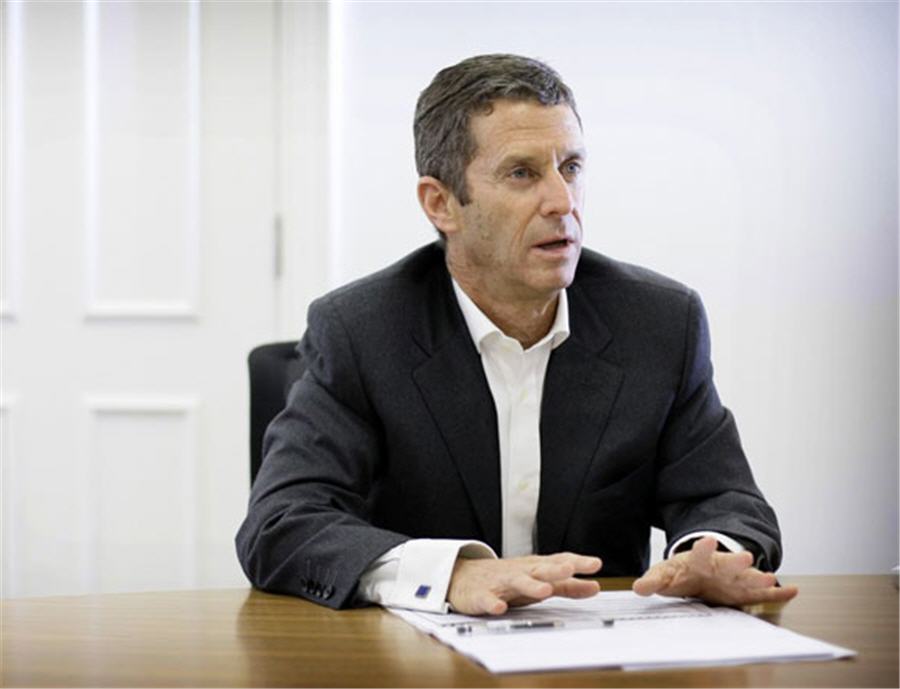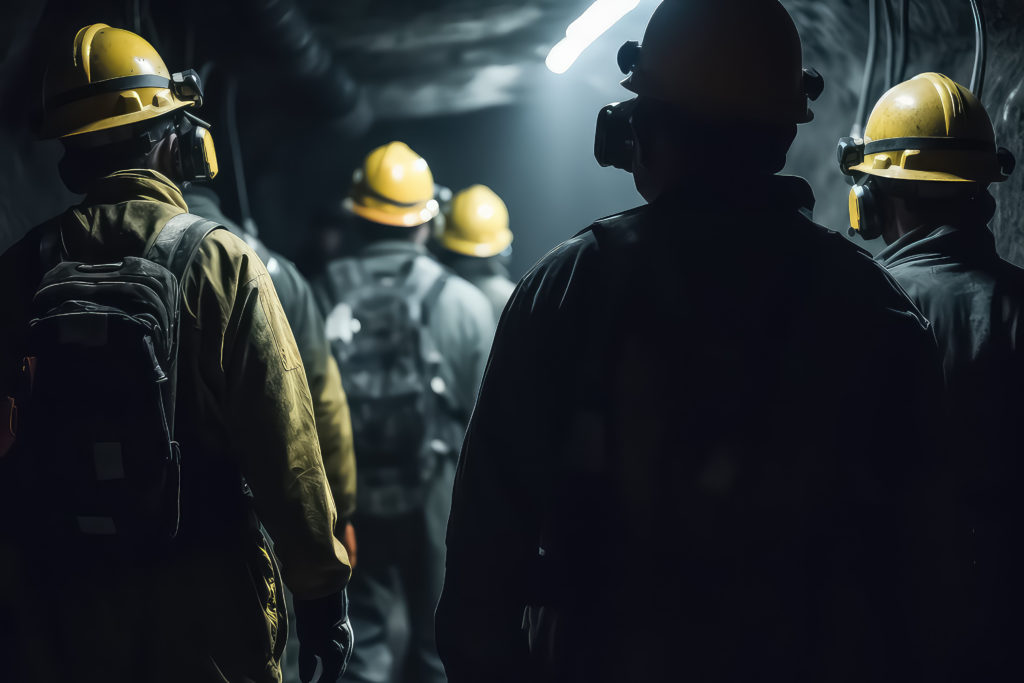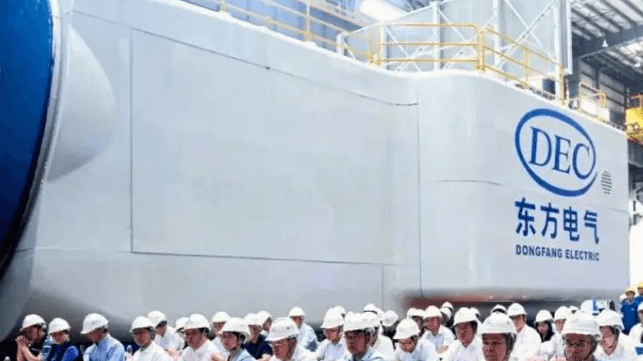Agence France-Presse
October 15, 2024

K-pop star Hanni testified that she overheard a manager of another idol group linked to her parent agency instructing members of another girl group to spurn her (KIM Min-Hee/AFP
A member of chart-topping K-pop group NewJeans tearfully testified to South Korean lawmakers Tuesday as part of an enquiry into workplace harassment, amid a boardroom drama over her super producer.
In recent years, South Korea's K-pop industry has become a global juggernaut powered by the success of groups like BTS, but domestically it is known for imposing strict standards and controls on fledgling stars.
Rising K-pop idols are expected to adhere to their powerful agency's behavior and appearance guidelines, with many stars describing receiving extreme backlash from fans over perceived mistakes in their personal lives, for example dating.
Hanni, 20, who is Vietnamese-Australian, testified that she overheard a manager of another idol group linked to her parent agency instructing members of another girl group to spurn her.
"I saw a manager along with three members from another group and said hello... When the manager saw me, she told the members to 'ignore her as if you didn't see her,'" she told lawmakers.
"I could not understand why I had to go through this."
The alleged event took place amid a dispute between NewJeans' producer and mastermind, Min Hee-jin, and HYBE, the South Korean agency that manages BTS, after HYBE filed a legal complaint against Min for breach of trust in business.
Min, who headed the HYBE subsidiary ADOR which manages NewJeans, was replaced as ADOR's president in August amid the boardroom conflict.
During the livestream in which Hanni had raised the harassment claim, all NewJeans' members demanded that Min be reinstated as ADOR's CEO.
Multiple court cases on the issue are ongoing.
- Unfair treatment -
Hanni acknowledged that the ongoing dispute between the parent company and Min was related to the bullying she had experienced.
"It couldn't have been unrelated. But they didn't need to bring that issue into the workplace," she said.
"I felt I couldn't just sit idly by while such behaviour continued to repeat," she added, noting NewJeans members had been subjected to other unfair treatment by HYBE, such as discrediting their performance in Japan.
ADOR CEO Kim Ju-young, who succeeded Min, told lawmakers that while she personally believed Hanni's account, no CCTV evidence was available to support it.
Hanni's testimony was given to South Korean lawmakers who serve on the parliamentary committee overseeing workplace conditions and safety, which is not an investigative body.
ADOR's Min, who joined the industry in the early 2000s, is widely regarded as one of the most successful producers in the K-pop scene, having worked with stars such as Girls' Generation, EXO and SHINee, among others.
NewJeans, produced by Min, is among HYBE's most successful K-pop groups, alongside BTS, which is currently on a hiatus as some members perform South Korea's mandatory military service.
BTS member J Hope is scheduled to finish his military service this Thursday.
"I am grateful for the attention people have shown to this issue. I hope my fellow colleagues and (K-pop) trainees won't have to experience such concerns," Hanni said tearfully in her closing remarks.

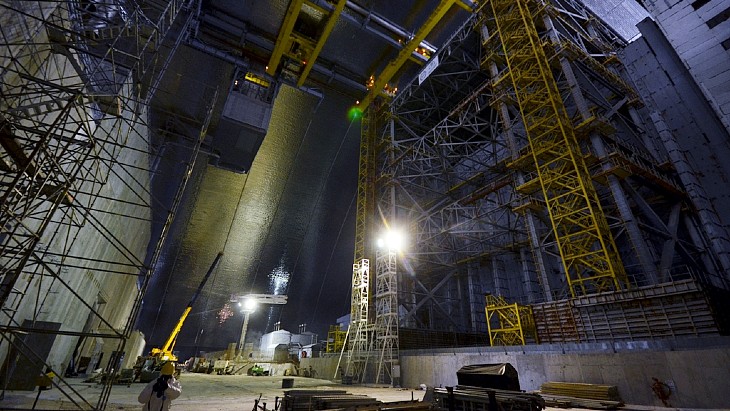
_53645.jpg)



